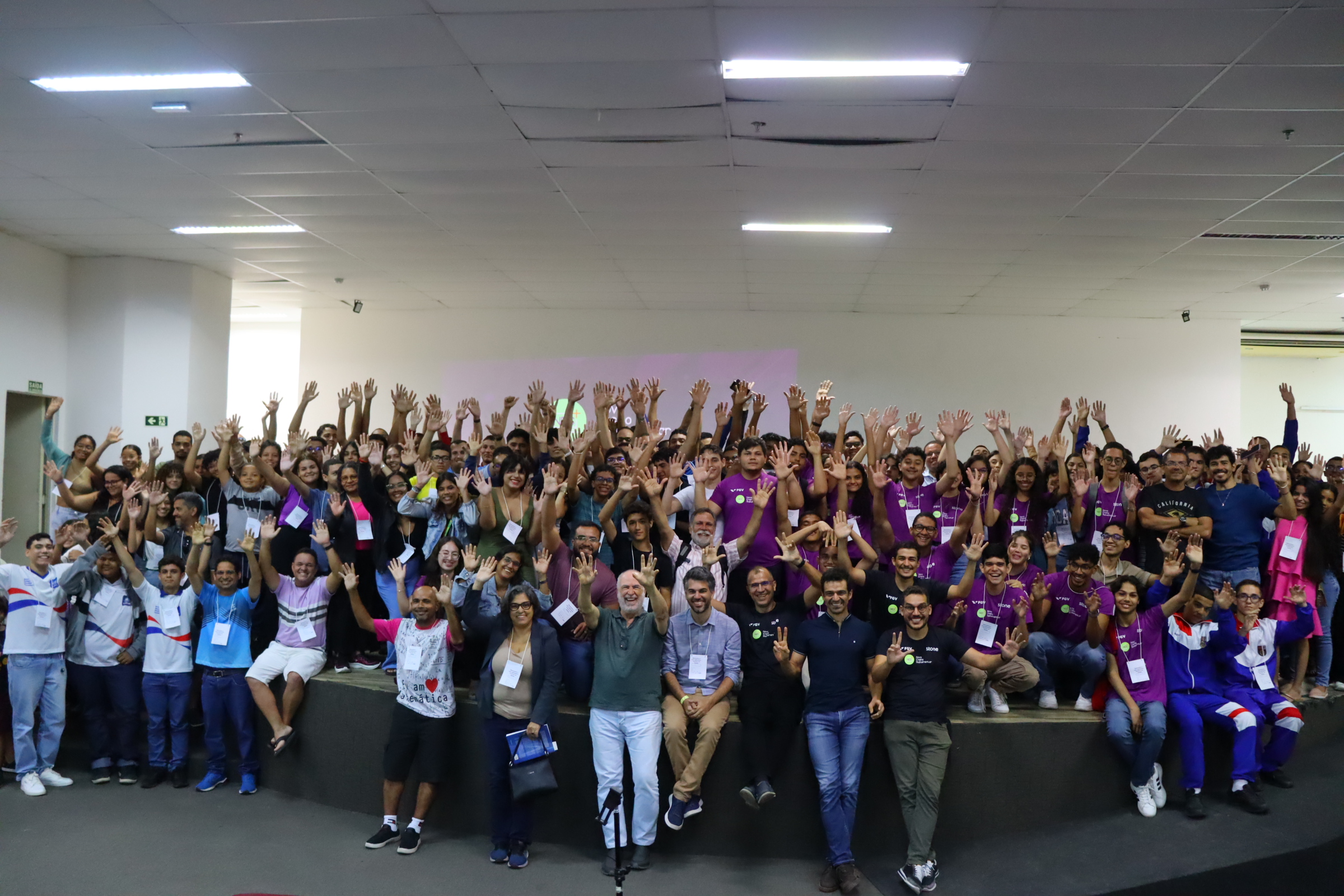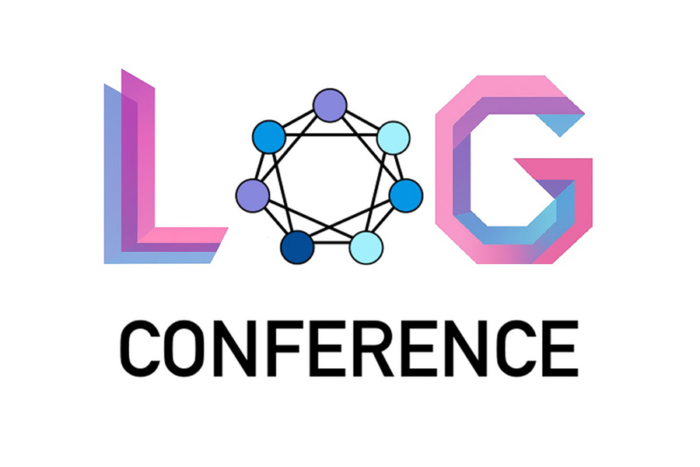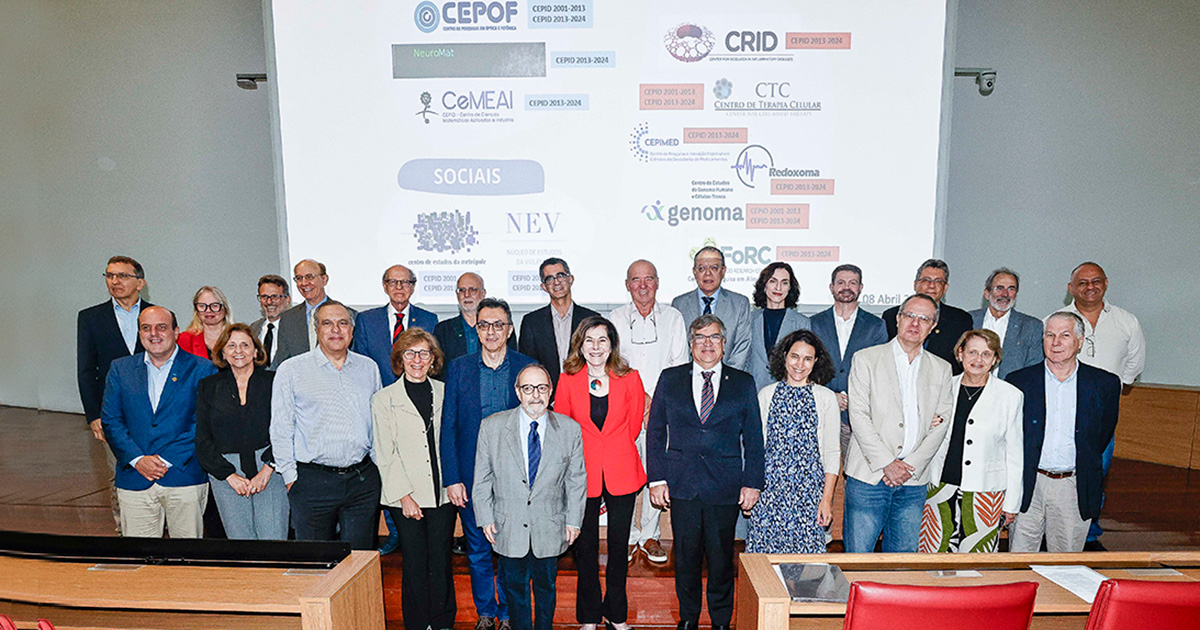Professors: Weldon A. Lodwick and Carlile Lavor
The following outline is based on 4 hours per day for 6 days. There are two main objectives:
• Presentation the mathematics that is applied to distance geometry focusing on three distance geometry models, (1) The molecular distance geometry problem, (2) The distance geometry associated with robotic arms, and (3) The distance geometry associated with the sensor location problem;
• Providing participants “hands on” experience with mathematical modeling by actually working on an applied problem in distance geometry for this session.
9.2.1 I. Day 1 Topics – July 4
Introduction to the Mathematical Modeling Process (1 hour)
1. Generic problems requiring mathematical models
a. Power of mathematical models
b. Limitations of mathematical models
c. How to put together a mathematical model
2. Applied mathematics tools
a. Optimization
b. Linear algebra
c. Differential equation
d. Interval analysis (for enclosure methods and bounded uncertainty)
A Particular Mathematical Model – The Distance Geometry Problem (3 hours)
1. The general distance geometry problem
2. Anatomy and taxonomy of distance geometry problems
3. Overview of solution methods
a. Quadratic equation methods
b. Matrix methods
c. Optimization methods
d. Linear algebraic methods – Caley-Menger theory
4. Three applied distance geometry problems
a. Molecular structures
b. Robotic arm movement
c. Sensor location
9.2.2 Day 2 Topics – July 5
The Molecular Distance Geometry Problem (1 hours and 20 minutes)
The Robotic Distance Geometry Problem (1 hours and 20 minutes)
The Sensor Location Distance Geometry Problem (1 hours and 20 minutes *** After the end of day 2, participants are divided into 3 groups and will be choosing one of the three problems (or another distance geometry application that may be of greater interest to participants).
9.2.3 Day 3 Topics – July 6
Participants begin to work on their applied problems (2 hours)
Solution Methods and Algorithms Part I (2 hours)
1. Branch and prune
2. Matrix multiplication methods
3. Caley-Menger methods
4. Optimization methods
9.2.4 Day 4 Topics – July 7
Participants to work on their applied problems (2 hours)
Uncertainty and the Distance Geometry Problem (2 hours)
1. Modeling uncertainty – theory
2. Application of interval uncertainty in the distance geometry problem
3. The use of extra information to reduce the interval uncertainty
9.2.5 Day 5 Topics – July 8
Participants to work on their applied problems (2 hours)
Catching up and if there is time, look at solution methods for the uncertainty distance geometry problem. (2 hours)
1. Numerical methods for the interval distance geometry problem
2. Uncertainty reduction numerical methods.
9.2.6 Day 6 Topics – July 9
Participants meet in teams to prepare for their presentation in the afternoon – finalize slides, demonstrations (2 hours)
Presentations of results (40 minutes per team)






